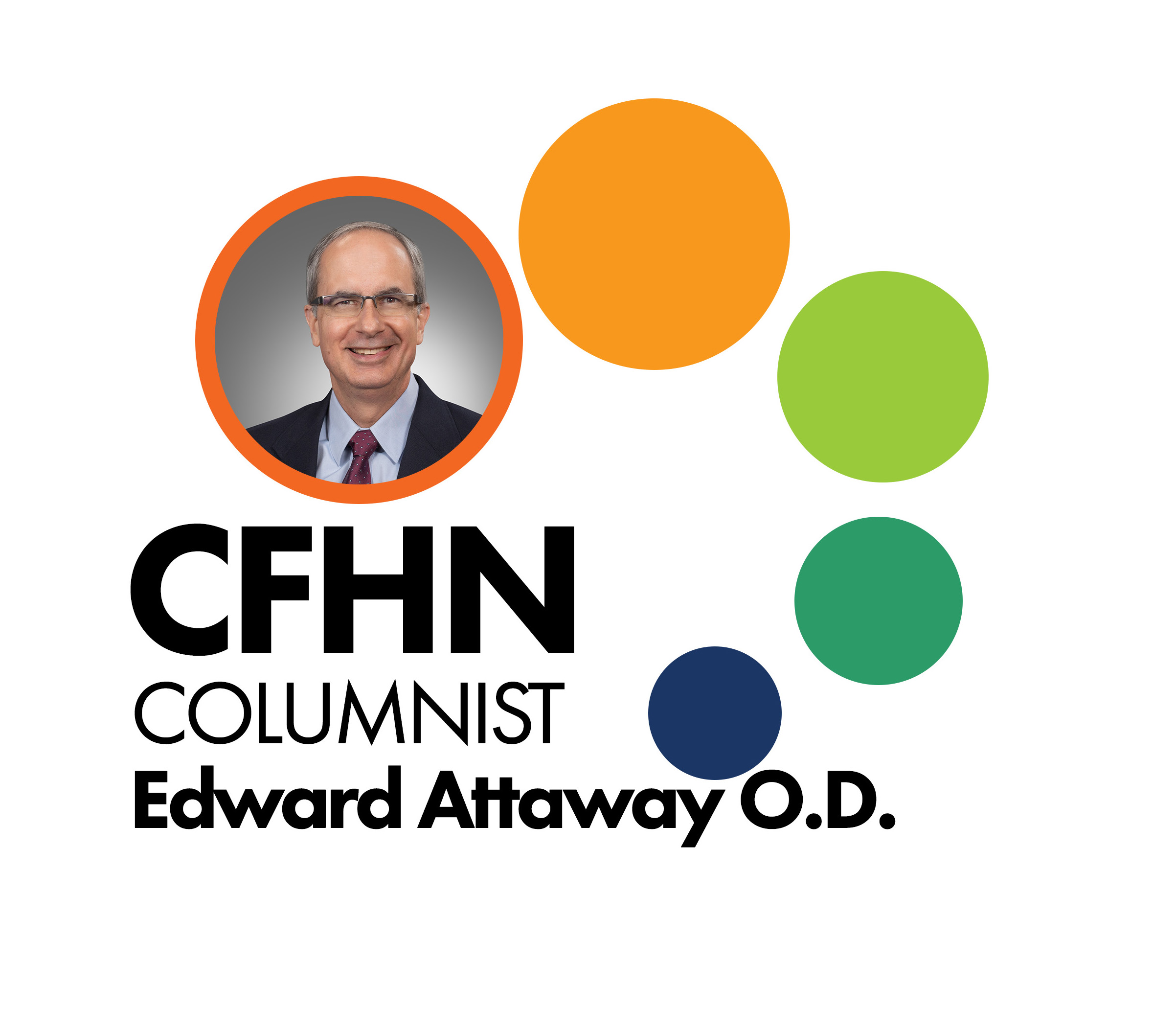
Health News
Features
-
Pop Quiz: ADHD Is On the Tip of Everyone’s Tongue, but What Is It?
There are few childhood conditions more discussed these days than ADHD, or attention-deficit/hyperactivity disorder. It is one of the most common neurodevelopmental disorders of childhood, and it can last into adulthood. Get the facts about ADHD by taking our pop quiz. 1.) What are common signs and symptoms of ADHD in childhood? Forgetting or losing things…
-
Determination & Dreams
Polk State Respiratory Care Student Works Hard to Reach Her Goals by PAUL CATALA Shaledra Turner says it was her “best friend” who motivated her to work hard, focus, study and strive for success in life. That “best friend” was Turner’s grandmother Doris Wade. And even though she died in December 2014, her words of…
-
Pop Quiz: Is Your Child Getting Enough Sleep?
It’s time for school-age kids, adolescents, and teenagers to say goodbye to summer and return to a school routine. One important component of the routine for students should be getting enough sleep. Getting enough sleep is important for everyone, regardless of age, but it’s especially important for kids and even teenagers. Take our quiz to…
Columns
-
Learn How to Spot, Treat Rosacea
Rosacea is a fairly common dermatological condition that can affect anyone of any age. It is a chronic condition with no known cure, but advances in medical technology have made it possible to treat and control the symptoms. You can recognize rosacea primarily by the presence of a facial redness that resembles a sunburn or…
-
Herniated Disks in the Lower Back
This is the last of our three-part back pain series. So far, we have talked about sciatica pain and pelvic and tailbone pain. We saved what is probably the most debilitating lower back pain of all for last — the herniated disk. This injury usually requires medical care, X-rays, MRIs, time off from work, pain…
-
July is UV Safety Month
When we think of summer, images of beaches, theme parks, and outdoor sports and activities come to mind. While getting out of the house and doing things outside is generally considered healthy, there are risks involved, one of which is exposure to the dreaded UV light. Ultraviolet (UV) light refers to the region of…





